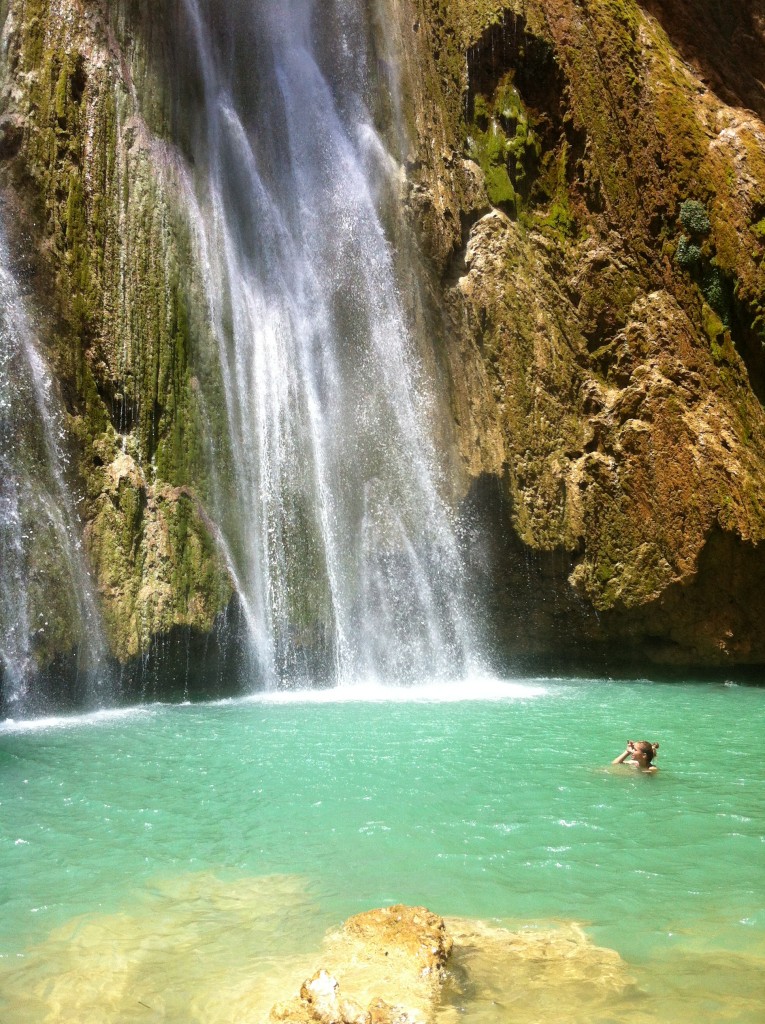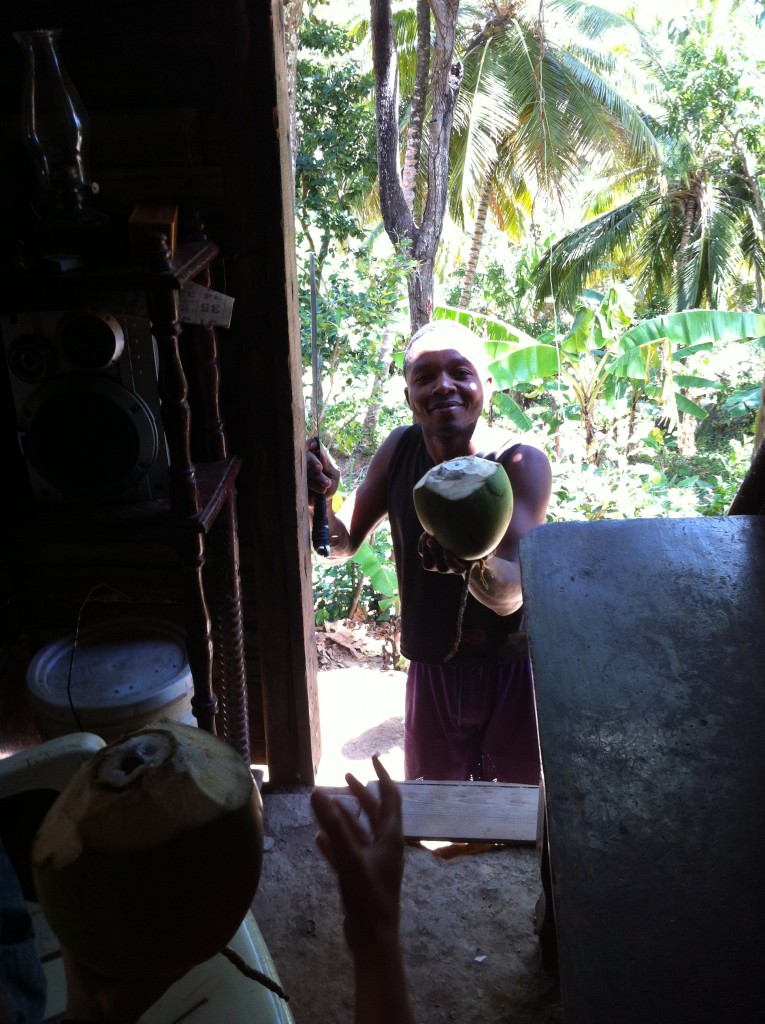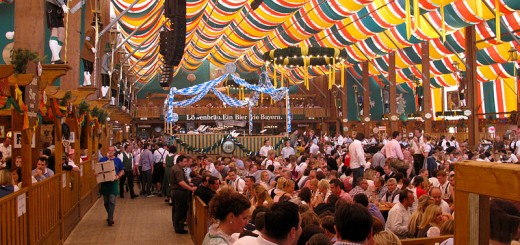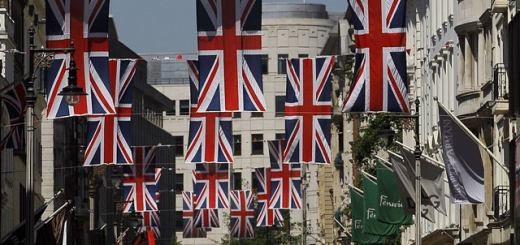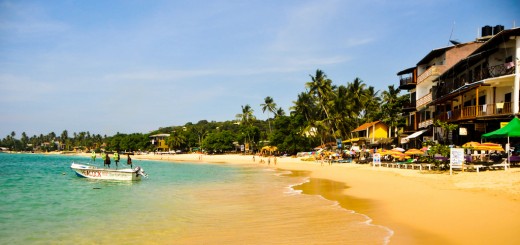The Dominican Republic
The Dominican Republic is famous for its postcard-like sparkling white-sand beaches, palm trees and fresh coconut juice. But like every country, the Dominican Republic has its own peculiarities as well. Here are some things to keep in mind before heading to the tropical paradise.
¿Cómo tu ta?
The first thing you should know is to not overestimate your Spanish. I’m sorry to break it to you, but those few Spanish lessons you had back home are probably not going to help you a lot – ‘Quiero una cerveza’ will only get you so far.
Dominicans tend to use strong intonation in everyday speech (a good example is the phrase ‘¿Cómo tu ta?’, which is derived from the Spanish ‘¿Cómo estás?’ or ‘How are you?’). There are significant differences between the grammar and vocabulary of regular Spanish, and that which is spoken in the Dominican Republic. For example, while ‘guapo’ in Spain just means good-looking or handsome, it means angry or competitive in the DR. If all this isn’t difficult enough, I think that Dominicans have the ability to speak even faster than they dance a merengue. But don’t be put off by this, as you will soon pick up on the intricacies of the language by simply spending time there, you may even pick up on the accent without even realising.
Electricity struggles
‘Se fue la luz’ (literally translated ‘the light left’) is something you will no doubt here many times a day. If you are not staying in a resort you have to prepare yourself for some daily electricity struggles, and if you’re really unlucky, you may be without electricity for a whole day or two. Again, this is something you will get used to, just don’t forget to charge your phone or check your email while you have the chance!
Bachata vibes
Bachata is really part of Dominican culture. You’ll get used to hearing the sensual sounds of Juan Luis Guerra and Romeo Santos from every corner. Why not learn some bachata basics before you go, although don’t enter a dance-off with any Dominicans, no matter how old they are, because you will end up looking like a fool.As well as bachata, merengue and salsa are also very popular dance styles, just to mix it up a little.
What if dancing isn’t really your thing? You can always have a go at baseball – another pastime the Dominicans can be very passionate about.
Guagua squeezes
There’s a very good chance that the Dominican public transport system will not be what you are used to. The locals actually tend to use taxis or “guaguas” to get around. Guaguas are small buses which can logistically fit about fifteen people, however don’t be surprised if you see people literally hanging out of windows and doors in order to squeeze more inside. If you’re not one for people getting in your personal space…you’ve been warned.
A new kind of rhythm
Similar to other warm countries, the daily schedule for Dominicans adapts to the climate. Dominicans usually eat their (hot) main meal around noon, often taking a nap, or siesta afterwards, when it’s too hot to be very active. In the evening, they usually just eat something small (like fried platanos for example, one of the various banana types in the country). Evening activities are likely to start much later than what you may be used to. It’s safe to say that Dominicans take their time (perhaps a result of the ‘mañana culture’ the Spanish brought with them centuries ago). Let the optimist in you see it as an opportunity to learn the virtue of patience, or even better, just turn up late yourself. It’s up to you!
Are you an expat in the Dominican Republic? We would love to hear your experience! Or planning to move there? Check out our Dominican Republic country guide (which includes our newly launched Travel & Leisure section).

